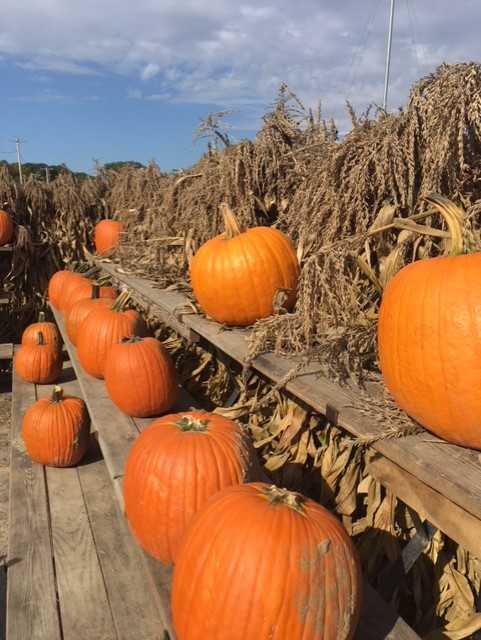The stories and details were beyond most of us who were part of the large migration of Lowell people to the suburb. Finally, one high school teacher offered a course on Lowell-Dracut History. Madeleine McLaughlin was inspired by the grassroots movement in Lowell to rediscover the city’s history, a ten-year effort that led to the creation of a national park commemorating the Industrial Revolution. She believed her students at Dracut High should know something about where they lived.
The Dracut custom is to name sections of town, not typical neighborhoods because the sections are so large. Officially, my house was at the far northern end of the Navy Yard section, bumping against the state line at Pelham, New Hampshire, and meeting the southern border of the Collinsville section of town. (Explaining “Navy Yard” would take a longer post.) A house builder or “contractor” as such persons were called in those days named the land uphill from my house Crosby Heights for old Crosby Road where dozens of small ranch- and cape-style homes were built in the late ‘50s through mid-’60s when the first suburban wave crested. Some vintage maps show the name Winter Hill, but we never heard that.
The lowland had Hildreth Street intersecting one end of New Boston Road. Halfway down New Boston, running west, was Shaw Farm, a longtime dairy farm with delivery trucks whose owner modernized the business with a bustling farm store stocking milk, ice cream from Shaw’s milk, frozen homemade foods, jams and jellies, and more items. Years after leaving Dracut, I regularly returned to Shaw’s for nostalgic reasons and because the products are first-rate. After one of those visits I wrote this prose poem, which is included in my recent book Union River: Poems and Sketches.—Paul Marion
Bottled Milk
ALL SEEMS RIGHT on this summer evening—the sky streaked blue and rose. Easy air draws me out back to see the cows. Bothered by flies, a black calf rubs its head against a fence rail. Odors of grass, feed, and animals mix into one healthy country smell. Up the hill behind the barn a trail leads to a cemetery with many illegible stones, others with chiseled verse, and a few that say, “Gone Home.”
A dozen cars are notched in around the farm store on New Boston Road. Here, not far from the city beat, I stand in the dirt and sense the natural loop, the closed circuit that runs from rain to bread, from clover to cheese. This is the earth’s milk. This is the town feeding itself, the people feeding the people. This is the curve of the world. Town is a rounded word and world, from the Old English, meaning enclosed place, homestead, village. City is from the Latin for state and citizen—it’s linear, laws, an idea.
In a few months the farmer will set out hundreds of pumpkins for adoption by people who will place them on the front steps in descending order, the largest for the head of the household, smallest for the baby or cat. Pint-sized pumpkins will be given to third grade teachers. Pies will feature the orange pulp. Then vines will be plowed under, Halloween torn from the calendar. And I’ll step out of the store in the early darkness, holding a milk bottle by the neck in each hand like cold white lanterns.
